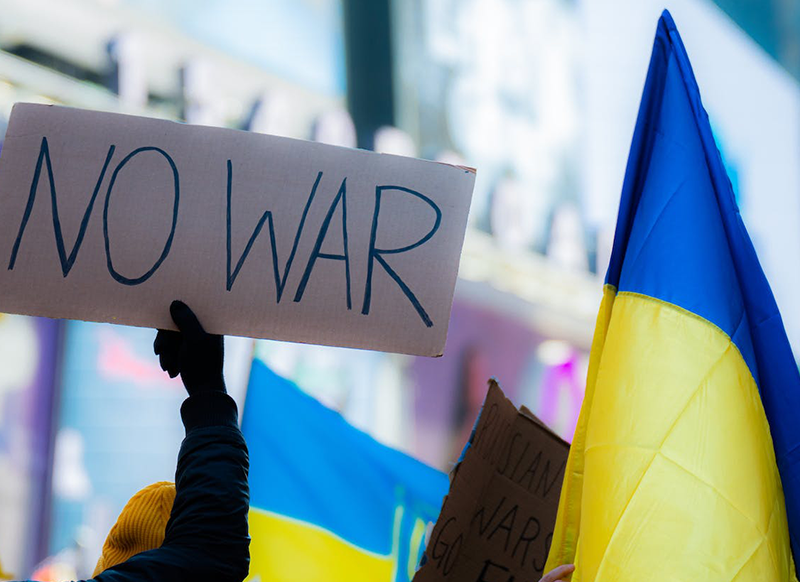
By Volodymyr Golovko
The Russian-Ukrainian War: G-20 and Ukraine’s Vision of Path to Peace
In discussing potential de-escalation between Russia and Ukraine, it is crucial to delve into three main points. First, understanding the origins of the conflict and the objectives of rival sides. Second, considering Ukraine’s perspective of achieving peace. Last, examining the role of the international community. What are the respective goals of Ukraine and Russia in this conflict? Ukraine’s goal is two-fold: Self-defense and restoration of its territorial integrity. As for Russia’s aims, they are more complex to articulate, but an attempt to elucidate them is necessary.
Understanding Russian aggression requires looking back further than February 2020, and even beyond February 2014, when Russia began annexing the Crimea Peninsula. The roots of Russia’s invasion of Ukraine can be traced to its efforts to prevent Ukraine from signing the Association Agreement with the European Union in the autumn of 2013. According to findings from the Ukrainian parliament’s special investigation commission, Putin, in his numerous interactions with Ukrainian officials, threatened to sever Crimea and various eastern and southern Ukrainian regions if Ukraine proceeded with the EU agreement. Consequently, Ukraine acquiesced. The decision was unforeseen by Ukrainian society and led to a significant political crisis.
In his earlier actions, Putin annexed the Crimea Peninsula and attempted to replicate this political maneuver in the southern and eastern regions of Ukraine through military groups and Special Forces. Russia occupied the Crimean Peninsula in March 2014 and partially occupied the Donetsk and Lugansk regions in late August 2014. Russia then conditioned the return of these territories to Kyiv’s jurisdiction to two political conditions: Ukraine had to recognize the annexation of Crimea and stop seeking European Union and NATO membership. Ukraine’s then president Poroshenko rejected these demands, leading to a worsening conflict with Russia. In 2019, newly elected President Zelensky harbored aspirations to resolve conflict with Russia. His administration was willing to forego NATO membership but recognizing the annexation of Crimea and ceasing European integration of Ukraine were non-negotiable. The conflict between Russia and Ukraine escalated in the summer of 2021. In July 2021, Putin published an article asserting that Russians and Ukrainians constitute one nation, essentially claiming that Ukrainians as Russians, a stance he was prepared to enforce.
Shortly after its publication, the Russian Ministry of Defense incorporated Putin’s article in to the curriculum of the Russian military. Then, in February 2022, as the invasion commenced, Putin outlined the war’s primary objectives: “Security for the People of Donbas” and “Denazification and Demilitarization of Ukraine.” Assessing Russia’s success in these areas reveals a different picture. First, civilian casualties including Donbas, have escalated significantly, along with the surge of refugees. Second, Russia’s attempt at denazification implied setting up a pro-Russian government, has utterly failed. Third, the demilitarization objective has not fared well either. Some Russian departments, including the Ministry of Defense, prematurely claimed this goal nearly achieved. From the Russian perspective, their military supposedly destroyed Soviet-era and Ukrainian weapons held by Ukraine in February 2022. However, Ukraine now counters with arms supplied by Western countries. The anticipated acquisition of F16 fighting jets would signify the completion of Ukraine’s military modernization. Yet, these Russian claims are not entirely accurate. The Ukrainian armed forces continue to use a combination of Ukrainian and Western weapons. Additionally, their military personnel have increased from 150,000 in February 2022 to more than 1 million.
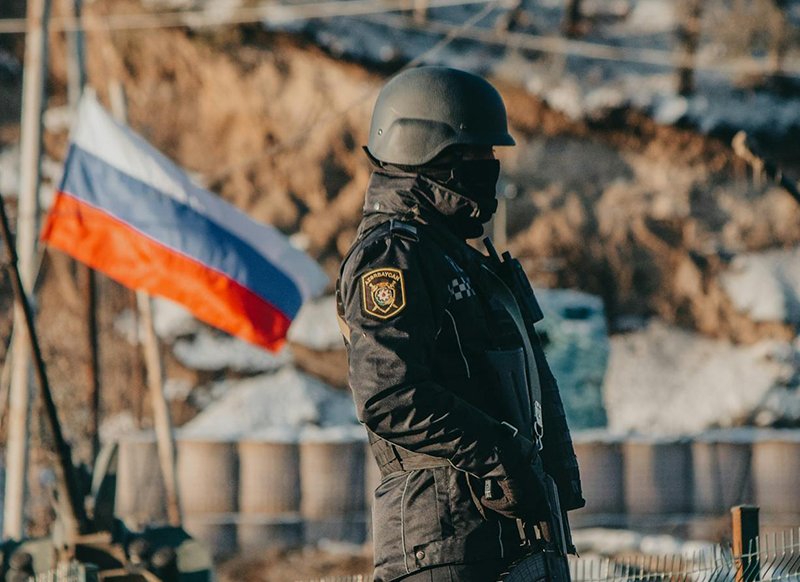
The declared objectives of Russia have not been met. However, in the summer of 2022, Putin shifted focus to a new goal, termed “Historical Land,” for which he claimed Russia was fighting. Years prior, Russia attempted to annex southern Ukrainian regions outside of Donbas. Subsequently, Russia insisted that Ukraine recognize the status quo of the land, implying Russia’s intention to retain control over occupied Ukrainian territories. This approach by Russia mirrors colonial tactics, lacking in clear and realistic goals. The situation bears a resemblance to the Opium Wars or actions of Western colonial powers in 19th century China. In the Ukrainian case, Russia aims to impose the ideology of the 'Russian world' instead of opium. Therefore, it is crucial for Ukraine to maintain substantial military strength to resist the invasion.
First, the G7’s involvement is not exacerbating the conflict; rather, it’s essential for Ukraine’s survival and safeguarding its historical legacy. Ukraine, striving to move beyond 19th-century statehood, is the most eager for peace. To this end, Ukraine proposed its peace strategy at the G20, excluding Russia. In November 2022, President Zelensky introduced The Peace Formula at the G20 Summit in Indonesia, including 10 points. While not delving into each point its crucial to focus on two core principles. The first principle is clear: any cease-fire or armistice is untenable for Ukraine as long as Russian troops remain on soil. Ukraine‘s bitter experience with the Minsk treaties with Russia in 2014 and 2015 underpins this stance. A cease-fire that doesn’t entail the withdrawal of Russian forces would only postpone the onset of an even more severe conflict.
As Russia persists in its colonial endeavors in Ukraine, it faces increasing internal instability. A notable instance of this is the military revolt by the Wagner group in July. It's imperative to emphasize that this revolt this revolt occurred within a state possessing the world’s largest nuclear arsenal. This issue extends beyond Ukraine. It’s a matter of global security and the potential threats Russia poses on an international scale.
Ukraine’s Peace Formula introduces another key principle reflective of 21st-century diplomatic approaches. It involves engagement with G20 members, with states of the Global South, and developing countries. While Ukraine naturally hopes for their support, it acknowledges the complexities of the contemporary world and does not demand allegiance. Thus, and nation willing to contribute to peace can participate in realizing any of the 10 points of Ukraine’s Peace Formula. This could involve areas like radiation and nuclear safety, and global food security, among others. Notably, President Zelensky has suggested that this formula could be applicable in resolving conflicts worldwide.
In my perspective Ukraine’s Peace Formula aligns closely with China’s concept of a Community of Common Destiny and Chairman Xi Jinping‘s Global Security Initiative. This Ukrainian strategy resonates more with the Chinese approach than with Russian foreign policy, which revolves around the concept of the “Russian world.” The Russian perspective lacks a sense of Common Destiny, viewing the world as a battleground for superpowers and their dependent allies competing for resources. Its guiding principle is binary: you are either an ally or adversary, with no middle ground – only winners and losers. In contrast, both Ukrainian and Chinese approaches are founded on the idea of the world as a place for compromise and mutual respect for differences. This means acknowledging that Chinese, Ukrainians, and Russians are distinct nations, capable of coexisting peacefully A key shared principal of Ukraine’s and China is the non-interference in each other’s internal affairs, fostering a cooperative global environment.
To conclude, I’d like to discuss the practical implementation of Ukraine’s Peace Formula and international collaboration. Ukraine proposes organizing a Global Peace Summit later this year. The goal of this summit extends beyond securing a just peace for Ukraine; it aims to establish a new equitable security system. This event will be accessible to any responsible state.
The success of this summit hinges on the wisdom of G20 leaders excluding Russia, and the leaders of developing countries. I am confident that achieving favorable outcomes for the Ukrainian people at this Global Peace Summit will represent a collective triumph for the international community.



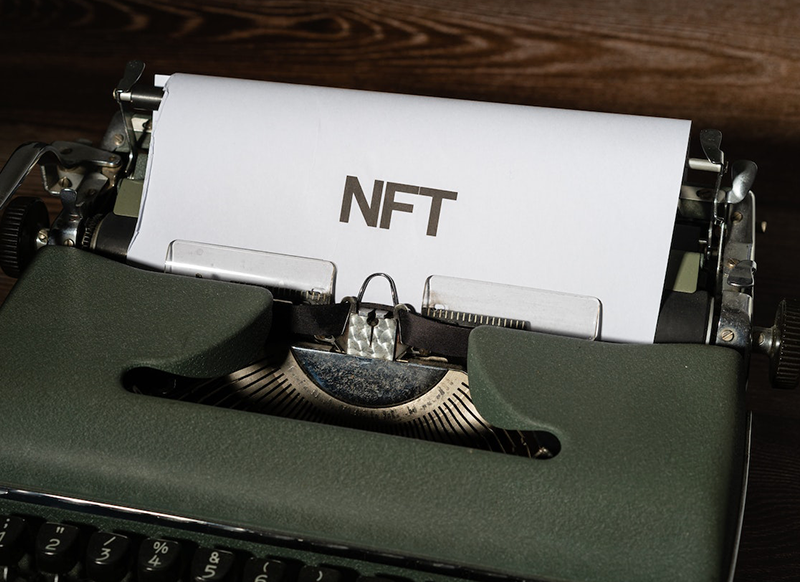

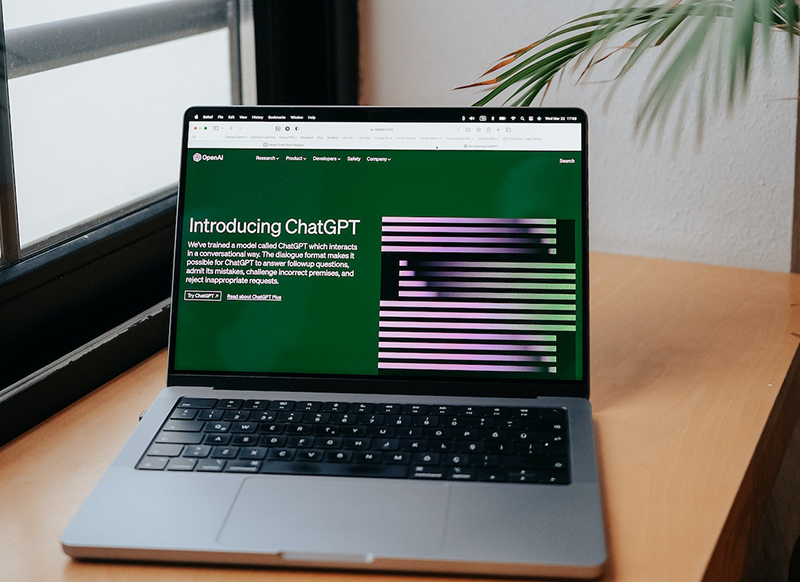
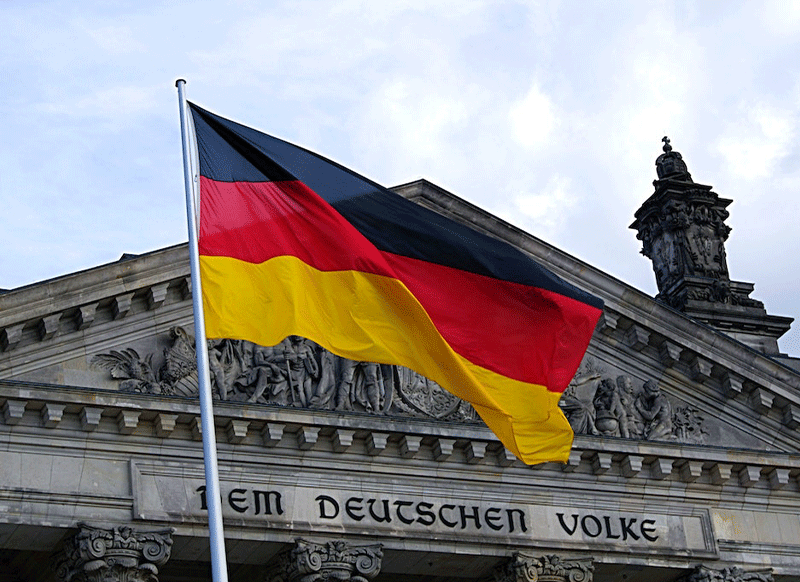
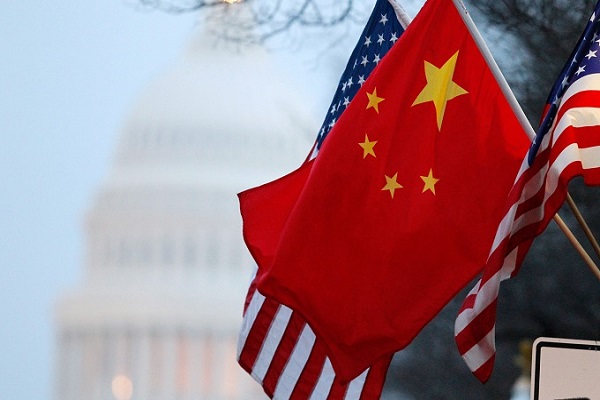
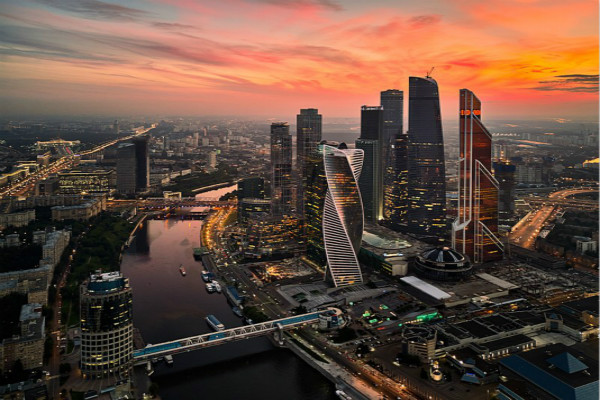
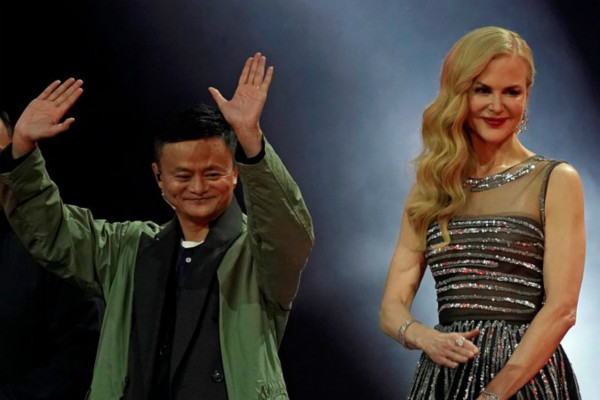
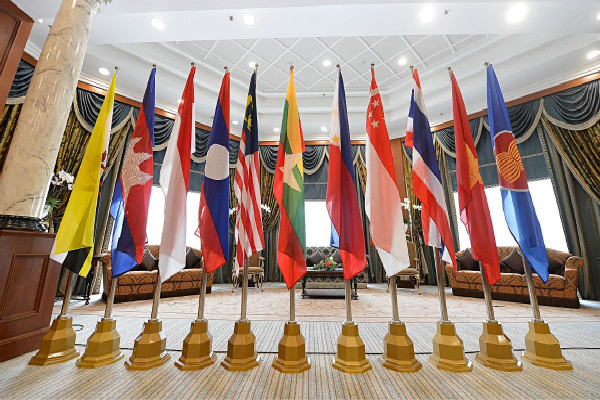
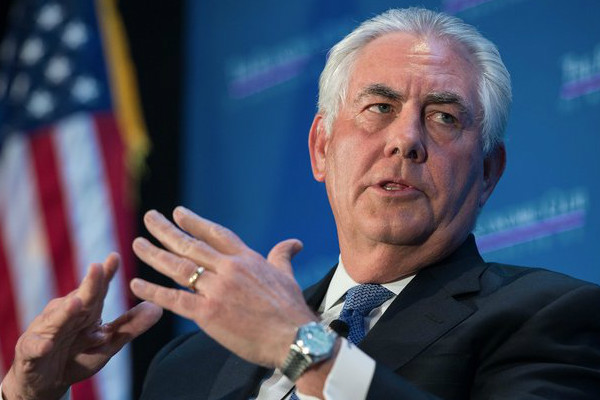
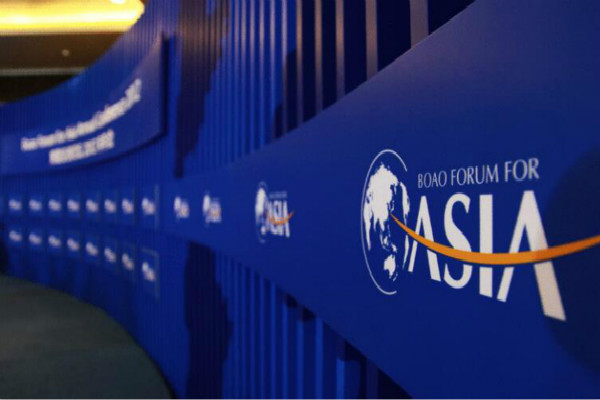
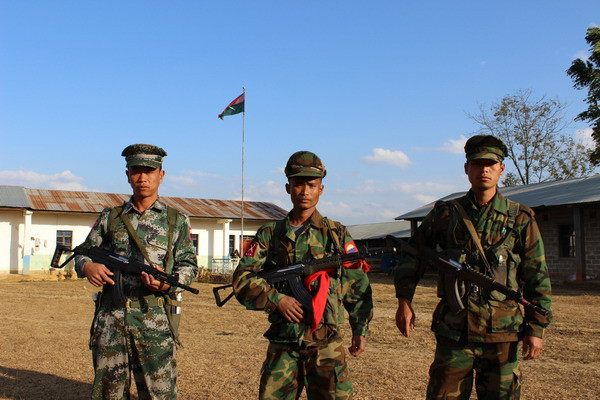
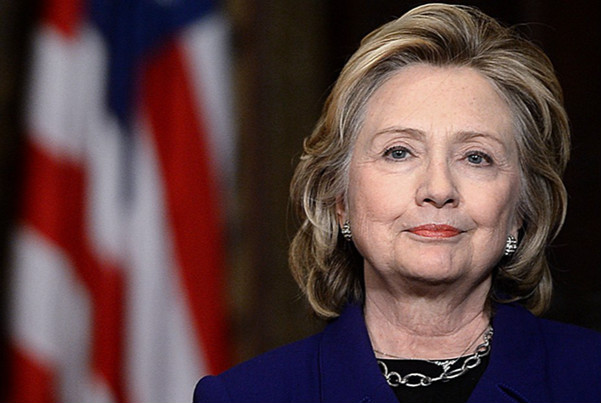
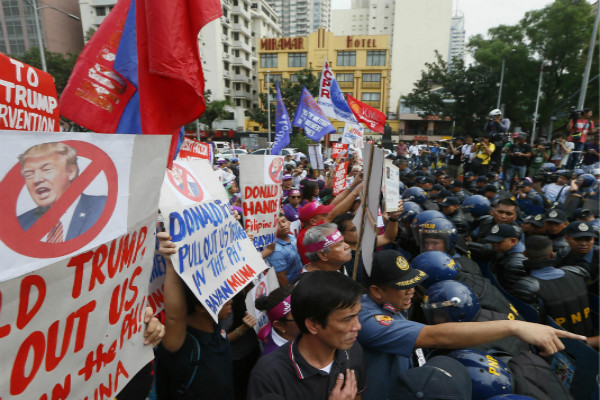
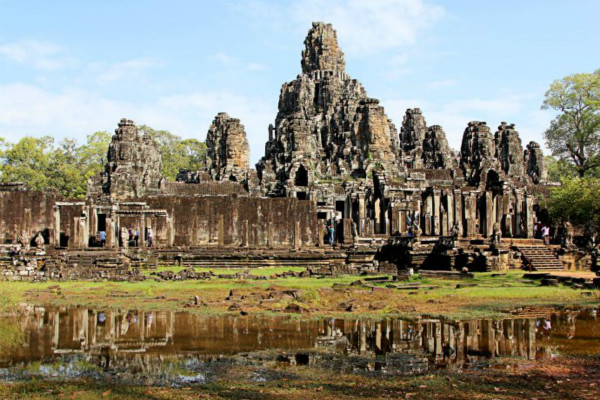

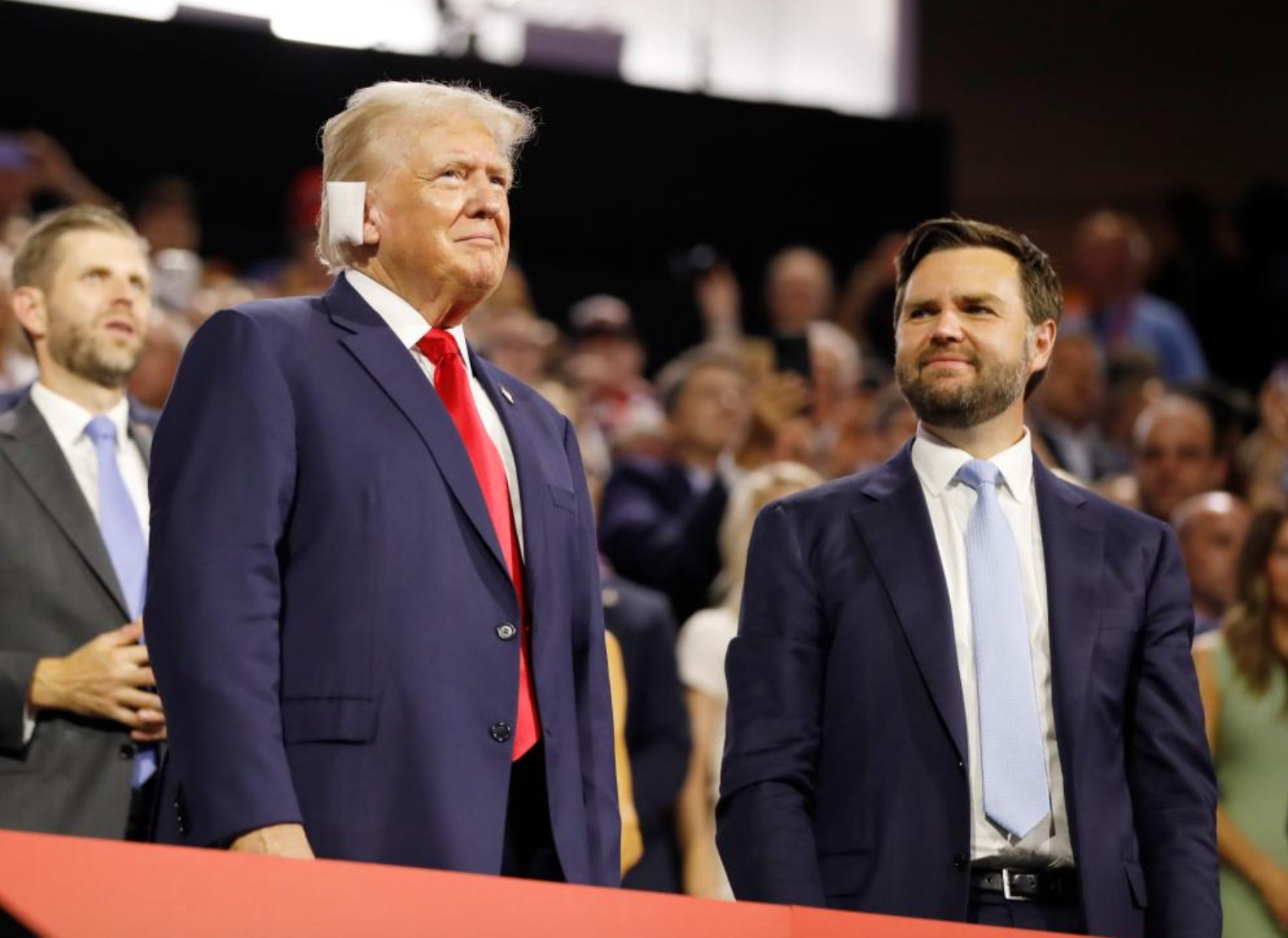
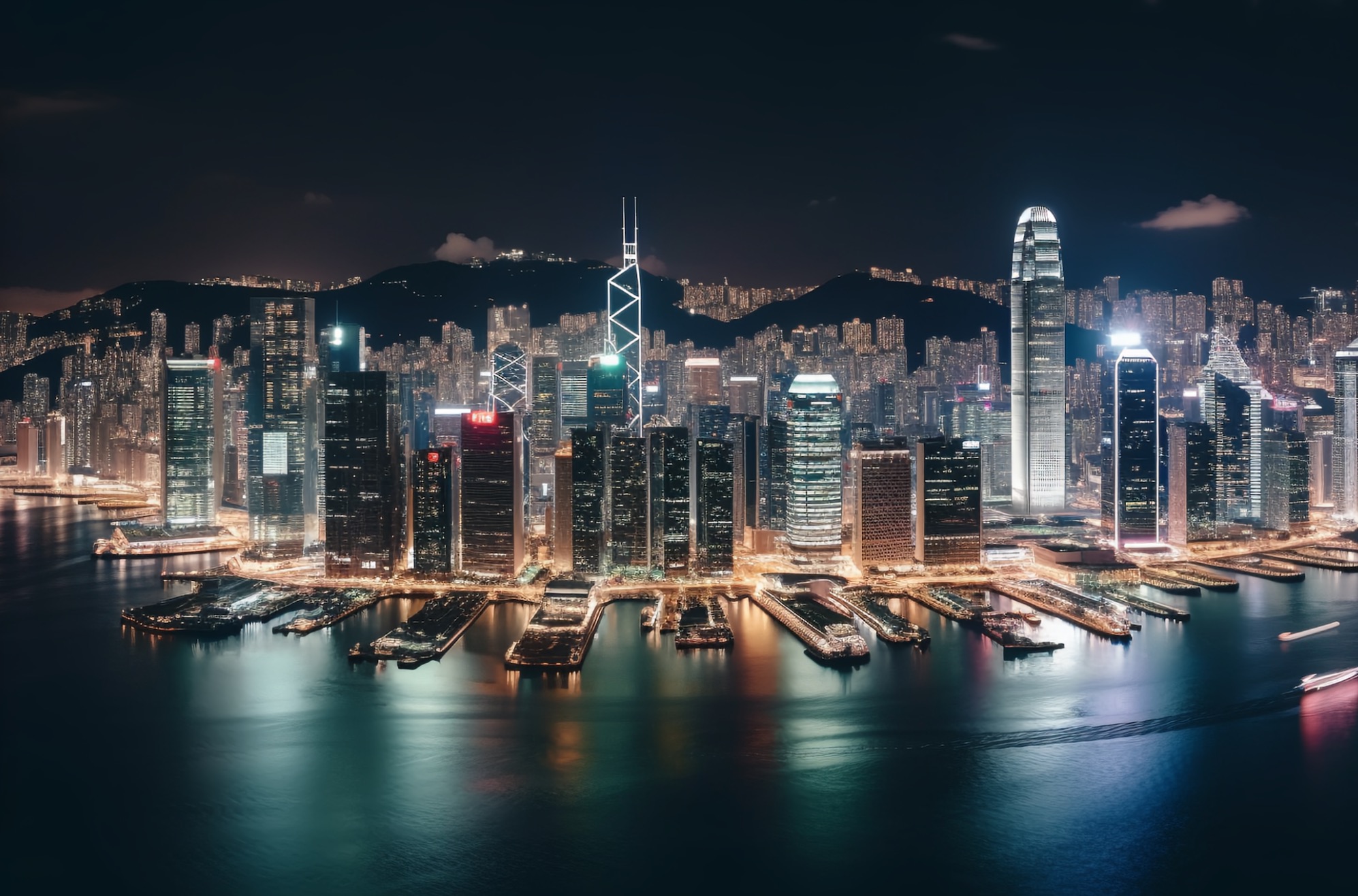
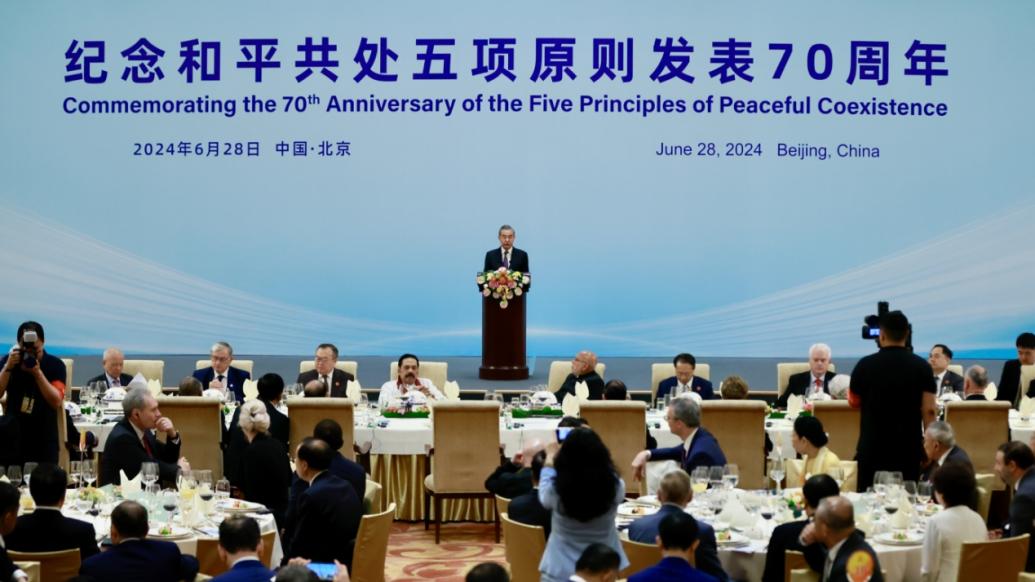

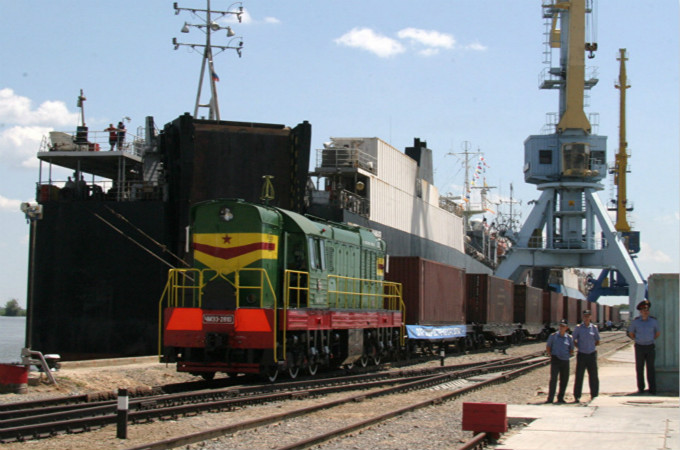
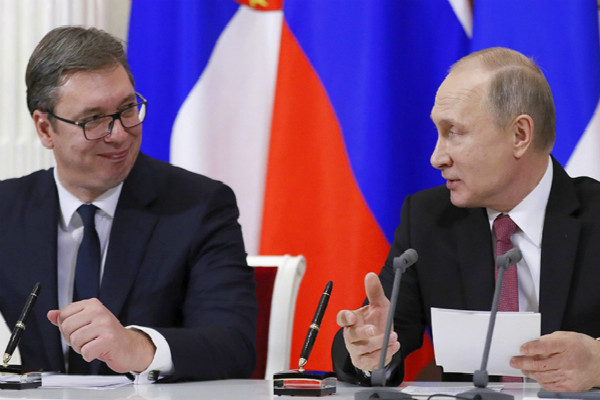

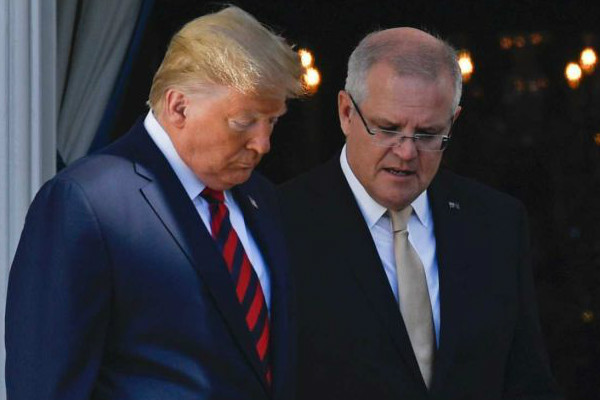
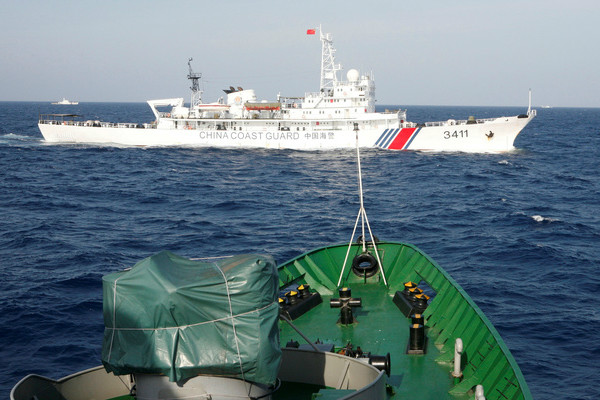

Leave a Reply
Your email address will not be published. Required fields are marked *